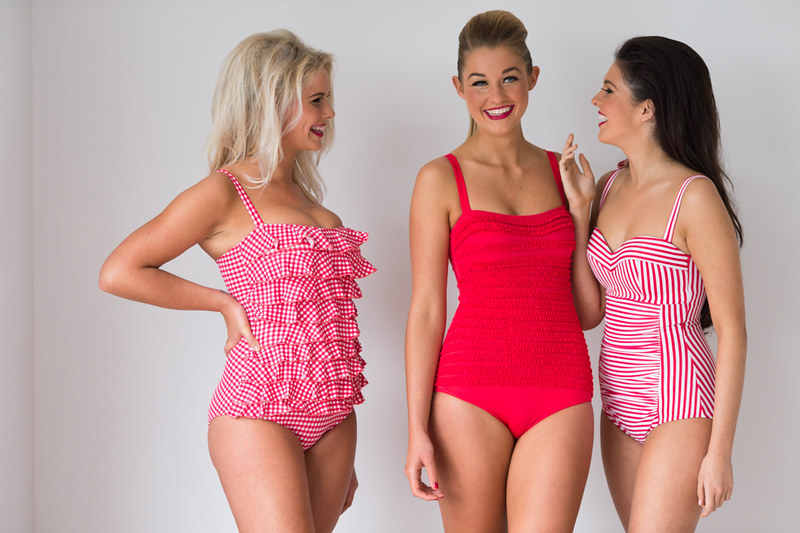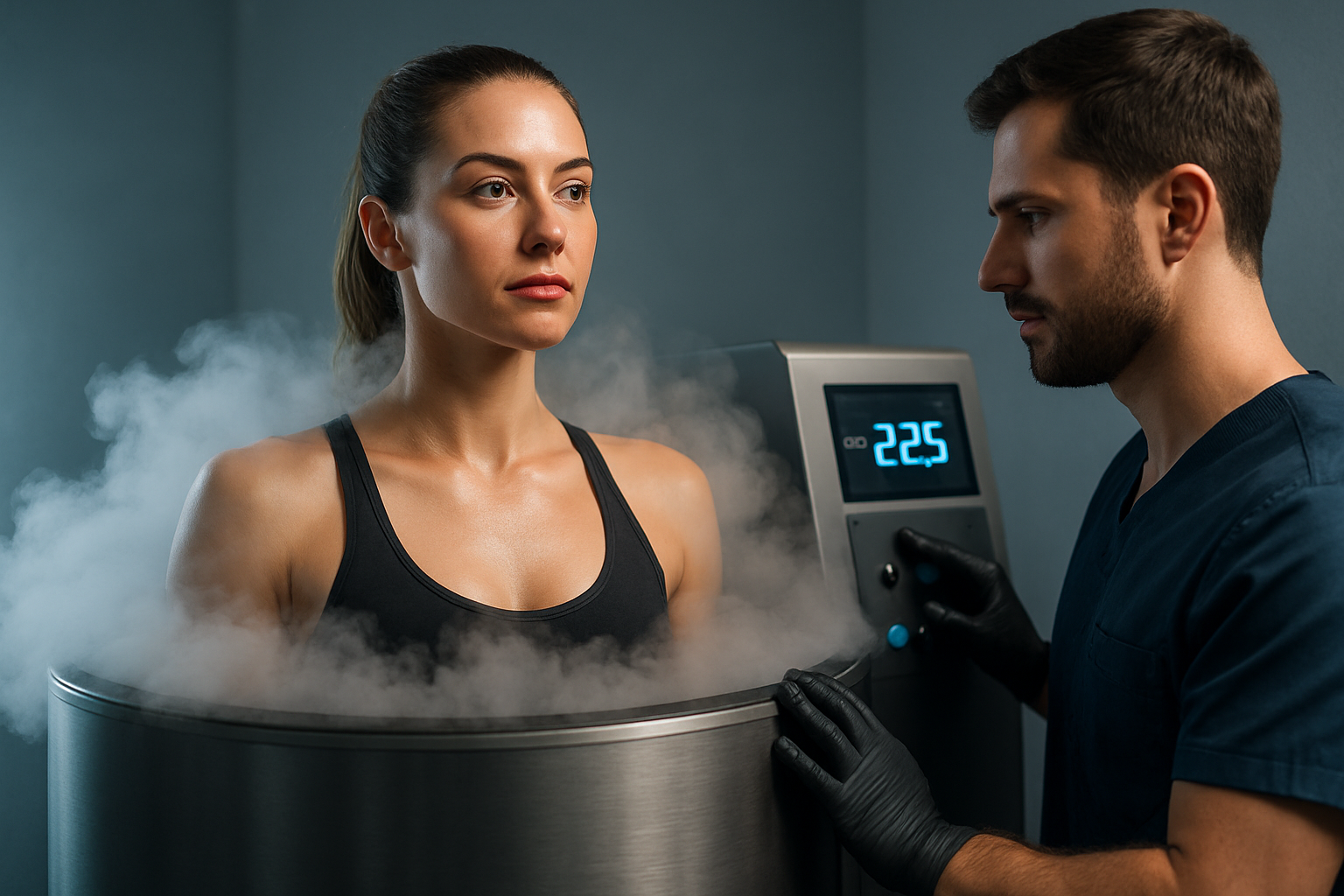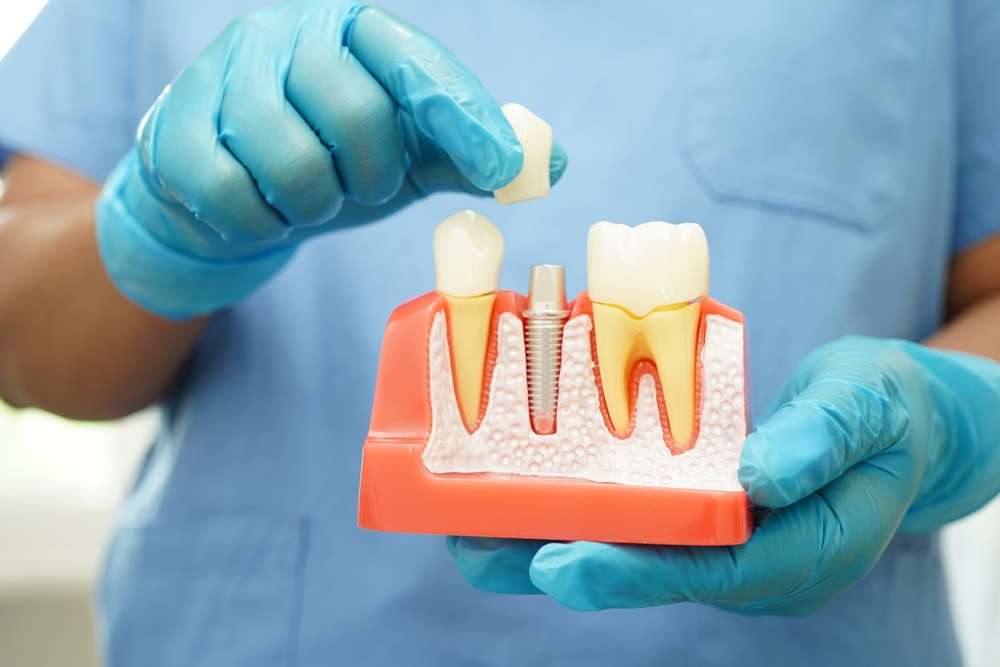Unveiling the Mysteries of Eye Bags: Causes, Treatments, and Prevention
Eye bags, medically known as periorbital puffiness, have been a beauty concern for many generations. Historical documents and ancient frescoes reveal that even in early civilizations, people sought remedies to reduce their appearance. Eye bags are a universal concern, affecting individuals across different cultures, ages, and genders. They are a prevalent issue, especially in today's fast-paced world where stress, lack of sleep, and poor diet contribute largely to their occurrence.

The Science Behind Eye Bags
Eye bags are caused by the buildup of fluids and fats in the area under the eyes. This is due to the weakening of the orbital septum, a thin membrane that keeps fat in place in the lower eyelid. As we age, this membrane naturally weakens, leading to the protrusion of fat and the creation of that characteristic puffiness.
However, aging isn’t the only cause. Genetics play a significant role, meaning some people might be predisposed to developing eye bags earlier or more prominently than others. Other factors contributing to their formation include lack of sleep, excessive salt intake, allergies, and chronic medical conditions like thyroid disease.
Eye Bags in the Cosmetic Industry and Popular Culture
In the cosmetics industry, eye bags are often viewed negatively as they are associated with fatigue and aging. As a result, countless products and procedures have been developed to combat this issue. Eye creams, serums, and gels are abundant in the market, all promising the reduction or elimination of eye bags. Cosmetic procedures, too, have evolved over time, with treatments such as fillers, Botox, and even surgical interventions becoming commonplace.
Interestingly, in some cultures, eye bags are embraced and even desired. In South Korea, for instance, the “aegyo sal” trend involves promoting a slight puffiness under the eyes as it’s considered a sign of youth and cuteness. This cultural difference highlights the subjective nature of beauty standards, reminding us that perceptions of attractiveness can vary widely across different societies.
Modern Treatment Options: From Over-the-Counter Solutions to Medical Procedures
Today, there is a wide array of options for those seeking to reduce the appearance of their eye bags. Over-the-counter solutions include creams and serums that contain ingredients like caffeine, which can constrict blood vessels and reduce swelling, and retinol, which can stimulate collagen production and strengthen the skin.
Medical procedures offer another approach. Injectable fillers, for example, can be used to smooth out the area under the eyes by filling the hollow that sometimes accompanies eye bags. Botox injections can help by relaxing the muscles in the area, reducing the appearance of wrinkles and puffiness. For more severe cases, a surgical procedure called blepharoplasty can be performed to remove excess fat and skin from the area.
Preventive Measures and Healthy Lifestyle Choices
While treatments can help reduce the appearance of eye bags, prevention is always the best approach. Adhering to a healthy lifestyle can significantly reduce the risk of developing eye bags. This includes getting adequate sleep, maintaining a balanced diet low in salt and high in hydrating foods, avoiding smoking, and limiting alcohol intake. Regular exercise can also improve circulation and help reduce puffiness.
Proper skincare is equally important. This involves cleansing the face regularly, using a good moisturizer, and applying sun protection daily. For those genetically predisposed to developing eye bags, starting a targeted eye care routine early can help delay their appearance.
A Holistic Approach to Eye Bag Management
In conclusion, eye bags are a multidimensional issue with various causes and solutions. Understanding the science behind them is crucial in choosing the right treatment. Equally important is embracing a healthy lifestyle and skincare routine, which not only aids in preventing eye bags but also promotes overall skin health. While the cosmetics industry offers numerous products and procedures to combat eye bags, it’s essential to remember that beauty standards are subjective, and what’s most important is feeling comfortable and confident in one’s skin.




